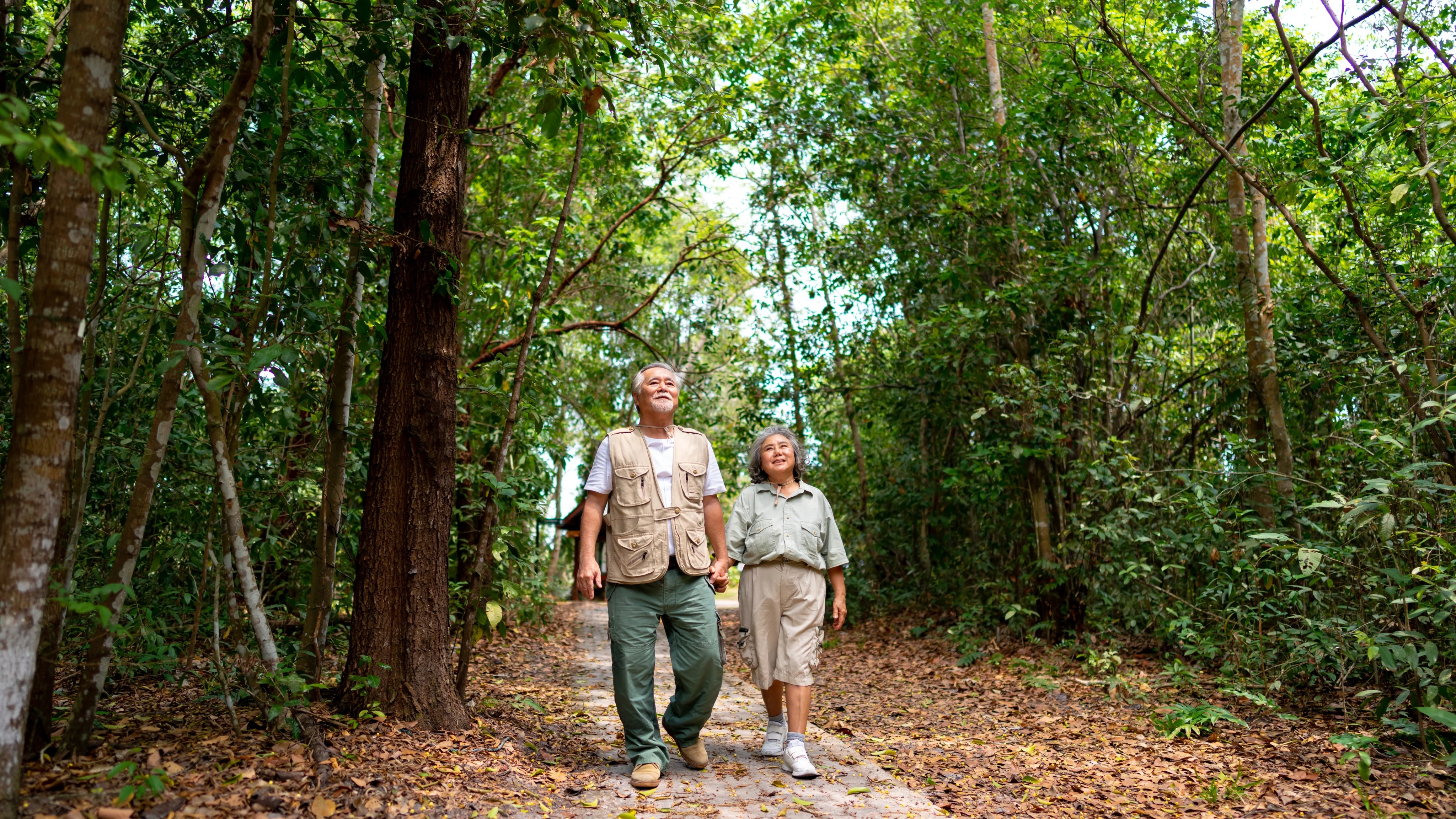By Anthea Rowan
Copyright scmp

This is the 71st instalment in a series on dementia, including the research into its causes and treatment, advice for carers, and stories of hope.
Here is the proof you can teach “old dogs” new tricks and that even in our 60s and beyond, people can get fitter, stronger and more resilient to cognitive decline.
Laura Baker, a professor in geriatrics at Wake Forest University’s school of medicine, in the US state of North Carolina, recently led a study that examined a combination of interventions that “led to a statistically significant greater improvement in global cognition”, or overall mental ability.
This included “regular moderate to high-intensity physical exercise, adherence to the Mind diet, cognitive challenge and social engagement, and cardiovascular health monitoring”.
The results were consistent with decades of research suggesting that single interventions, like exercise, could reduce brain and cognitive changes associated with ageing.
For the study, Baker says, high-intensity exercise was aerobic exercise sustained for 30 minutes so that a person’s breathing rate was increased, they began to pant, their face became flushed, but they could still carry on a conversation – though they were not able to sing[OPTIONAL CUT ENDS].
“We use heart rate to guide ‘how much is enough’ for those who are not taking heart-rate-lowering medications,” she says.
Moderate to high effort was deemed to rate from four to eight on their scale.
Experts agree that – providing there are no health conditions that would contraindicate this – it is definitely possible to get fit after 60, even from a position of a standing start.
Begin with walking. We are designed to walk; the fact that we are bipeds underscores this.
We are walking significantly less than a generation ago; some studies suggest that there has been as much as a threefold decline in daily step counts in industrialised countries.
About 70 per cent of British schoolchildren used to walk to school; now, less than half do. We walk less and we sit more – thanks largely to our addiction to screens.
Experts advocate building exercise and walking into your day naturally if you do almost no exercise now: walk, walk, and then walk some more – and walk a little faster.
Do more housework. Take the stairs, not the lift. Get off the bus a stop earlier. Start slowly, build it up gradually – and keep it fun, or you will not stick with it.
While cardio – or aerobic – exercise is important, ideally, as we age, we should be including some strength training in our routine too.
Building those big muscles – the leg muscles, for example – has been shown to build brains. Building strength minimises the risk of osteoporosis and sarcopenia and reduces the risk of frailty and falls, which can also hasten cognitive decline.
Exercises such as air squats, standing from a sitting position, wall push-ups and step-ups are all great. Find a personal trainer at a local gym or online to help you get started and support you.
If you aim for three sessions a week – and if you commit, you will be surprised at how quickly three times a week becomes a habit – you can expect to see noticeable changes within a couple of months.
In the first month, you will notice better coordination and better functional movement – stiffness may ease and you will move more freely.
By month two, strength improvement will become more evident. Beyond that, you will notice greater endurance, better balance, greater strength and easier mobility all around.
The use-it-or-lose-it principle that applies to your fitness levels applies as much to muscles as to your grey matter.
Participants in her study, says Baker, were also instructed to complete 30 levels a week of BrainHQ, a computer cognitive training programme provided by Posit Science, which was estimated to take about 20 minutes three times a week.
Brain training does not have to be through an app. As Baker notes, there are dozens of other ways to give your brain a workout.
You could join a book club and meet in person, not virtually, although this is the next best option, she suggests. Reading educational books and watching documentaries are good for the brain, as you learn new information rather than passively watching a series.
You could take a class in a new subject or learn to use some of the unfamiliar features on your smartphone or other digital device that you use throughout the day.
Go somewhere new, talk to somebody new. It is a fallacy that you cannot learn new things as you get older.
Even though brain volume and synaptic plasticity decrease as we get older, a decline that begins in our 20s and 30s, research shows that the adult brain can generate new neural pathways, form new synapses and create new neurons throughout life, especially in response to learning new things, physical activity and cognitive training.
Consider how London taxi drivers’ hippocampuses – the brain structure vital for forming and organising new memories – grew substantially when they learned the city’s 26,000 streets, known as The Knowledge, by heart.
Even though we are often guilty of thinking ourselves old – too old to learn new tricks, new anything, in fact – studies find that healthy lifestyles that include exercise, cognitive and social stimulation, a healthy diet, and good sleep, can harness the power of neuroplasticity and sustain overall brain health well into old age.
The key is self-belief. Do not think of yourself as old. Many research papers illustrate how personal views on ageing and age stereotypes can affect health outcomes in later life; there is science to prove that thinking of yourself as young keeps you young.
Baker’s study group had a mean age of 68, but she says: “From my personal research experience – based on other studies I’ve led that included individuals near 90 years old – it really is never too late.”
Like what you read? Follow SCMP Lifestyle on Facebook, X and Instagram. You can also sign up for our eNewsletter here.



